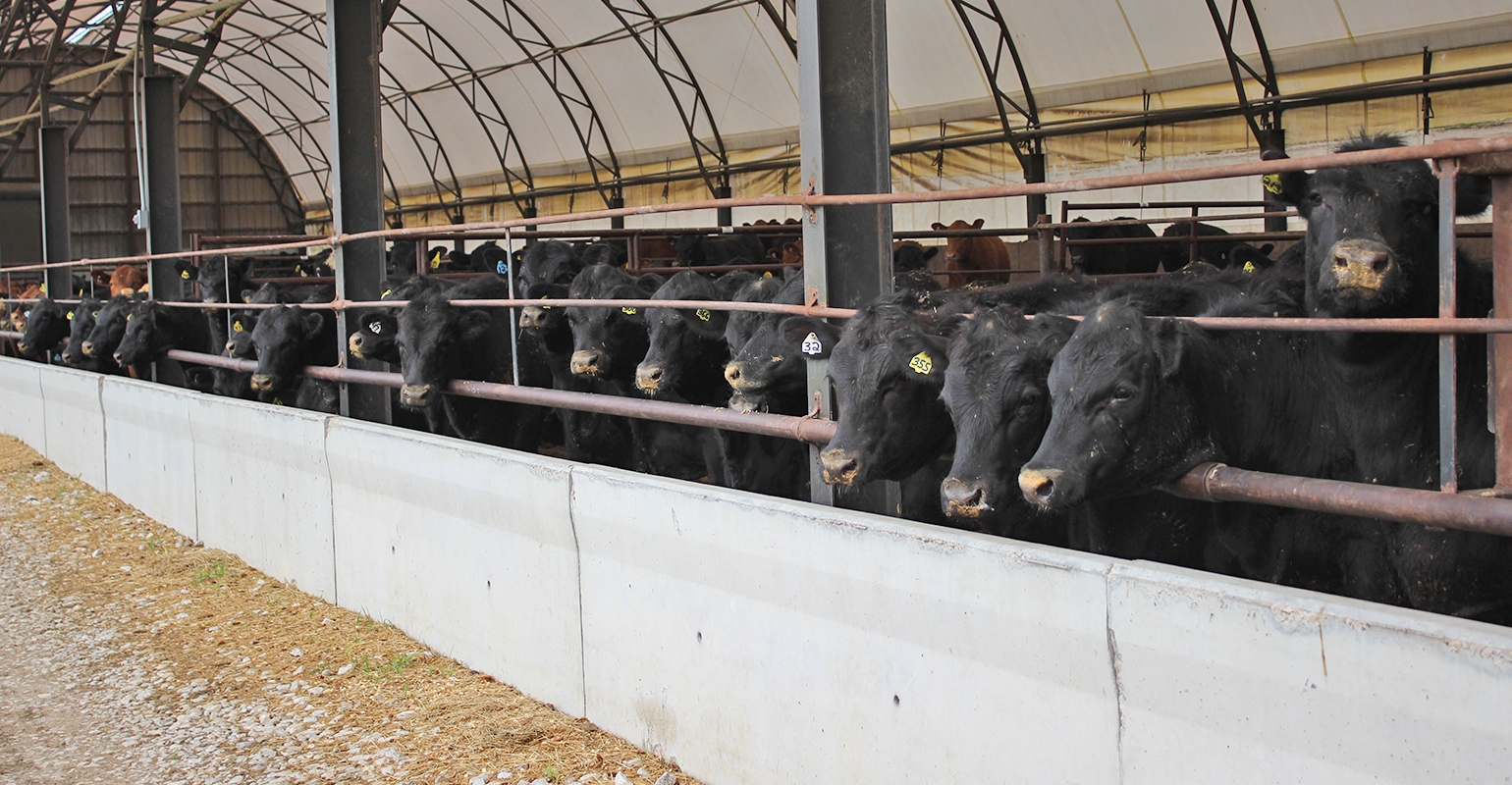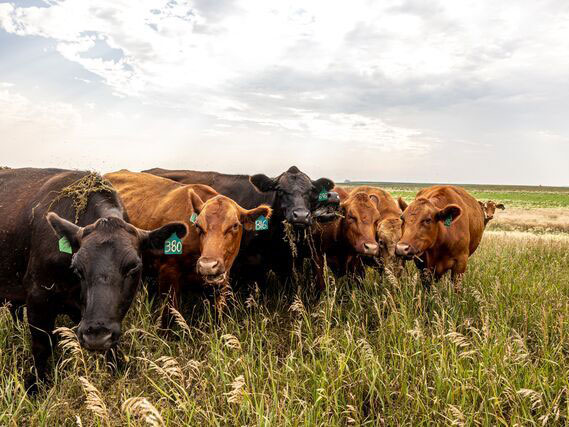Understanding Livestock Danger Security (LRP) Insurance Policy: A Comprehensive Overview
Navigating the world of livestock danger protection (LRP) insurance can be an intricate venture for many in the farming industry. This kind of insurance policy provides a security web versus market fluctuations and unpredicted scenarios that could affect livestock manufacturers. By understanding the ins and outs of LRP insurance coverage, producers can make educated decisions that may protect their procedures from monetary threats. From how LRP insurance policy works to the numerous protection alternatives offered, there is much to discover in this thorough guide that might possibly form the means livestock producers come close to threat administration in their businesses.

Exactly How LRP Insurance Policy Works
Periodically, recognizing the mechanics of Livestock Danger Defense (LRP) insurance can be complicated, however damaging down just how it functions can supply quality for ranchers and farmers. LRP insurance coverage is a danger monitoring device made to safeguard livestock manufacturers against unanticipated cost declines. It's important to note that LRP insurance coverage is not an earnings warranty; rather, it concentrates exclusively on price risk protection.
Eligibility and Insurance Coverage Options

When it concerns protection alternatives, LRP insurance coverage supplies manufacturers the versatility to choose the protection degree, protection duration, and recommendations that best suit their threat management requirements. Protection degrees typically range from 70% to 100% of the anticipated ending value of the insured livestock. Manufacturers can also choose insurance coverage durations that line up with their manufacturing cycle, whether they are guaranteeing feeder livestock, fed cattle, swine, or lamb. Endorsements such as cost danger defense can better personalize protection to protect against negative market changes. By comprehending the qualification requirements and insurance coverage alternatives offered, livestock producers can make educated decisions to handle danger effectively.
Benefits And Drawbacks of LRP Insurance
When assessing Livestock Risk Defense (LRP) insurance policy, it is essential for animals manufacturers to consider the benefits and downsides inherent in this risk monitoring tool.

One of the key benefits of LRP insurance is its capacity to offer security against a decline in livestock costs. Furthermore, LRP insurance offers a degree of versatility, enabling manufacturers to personalize protection degrees and policy durations to fit their specific needs.
One restriction of LRP insurance coverage is that it does not secure against all kinds of threats, such as illness outbreaks or all-natural disasters. It is important for producers to carefully examine their private risk direct exposure and financial situation to determine if LRP insurance policy is the best threat administration tool for their procedure.
Comprehending LRP Insurance Premiums

Tips for Maximizing LRP Conveniences
Taking full advantage of the advantages of Animals Threat Security (LRP) insurance policy requires tactical planning and aggressive threat management - Bagley Risk Management. To maximize your LRP insurance coverage, take into consideration the complying with pointers:
Frequently Assess Market Conditions: Keep notified about market trends and cost changes in the animals industry. By monitoring these elements, you can make informed decisions regarding when to purchase LRP protection to secure against potential losses.
Establish Realistic Protection Degrees: When selecting coverage degrees, consider your manufacturing expenses, market value of animals, and possible dangers - Bagley Risk Management. Establishing sensible protection degrees guarantees that you are adequately protected without overpaying for unneeded insurance
Expand Your Insurance Coverage: As opposed to relying only on LRP insurance coverage, consider diversifying your risk administration techniques. Incorporating LRP with various other threat monitoring tools such as futures contracts or choices can supply extensive coverage against market unpredictabilities.
Testimonial and Change Coverage Consistently: As market problems alter, periodically review your LRP coverage to guarantee it aligns with your visit existing danger exposure. Adjusting coverage levels and timing of acquisitions can assist optimize your risk defense method. By complying with these suggestions, web you can make the most of the advantages of LRP insurance coverage and guard your animals operation versus unexpected dangers.
Verdict
Finally, animals threat defense (LRP) insurance coverage is a valuable tool for farmers to take care of the monetary threats related to their animals operations. By recognizing how LRP functions, qualification and coverage choices, along with the benefits and drawbacks of this insurance, farmers can make educated choices to shield their livelihoods. By carefully taking into consideration LRP costs and applying techniques to take full advantage of advantages, farmers can minimize prospective losses and make certain the sustainability of their procedures.
Livestock producers interested in getting Animals Threat Defense (LRP) insurance policy can explore a range of qualification requirements and coverage alternatives tailored to their particular livestock operations.When it comes to protection choices, LRP insurance provides producers the versatility to select the insurance coverage degree, insurance coverage duration, and endorsements that finest fit their risk monitoring needs.To understand the ins and outs of Livestock Risk Security (LRP) insurance policy fully, understanding the elements influencing LRP insurance costs is crucial. LRP insurance costs are established by numerous components, consisting of the protection degree chosen, the anticipated cost of livestock at the end of the protection duration, the type of animals being guaranteed, and the length of the coverage duration.Evaluation and Readjust Protection Consistently: As market conditions transform, periodically review your LRP insurance coverage to ensure it lines up with your current threat exposure.